DEMYSTIFYING JUNIOR PARLY
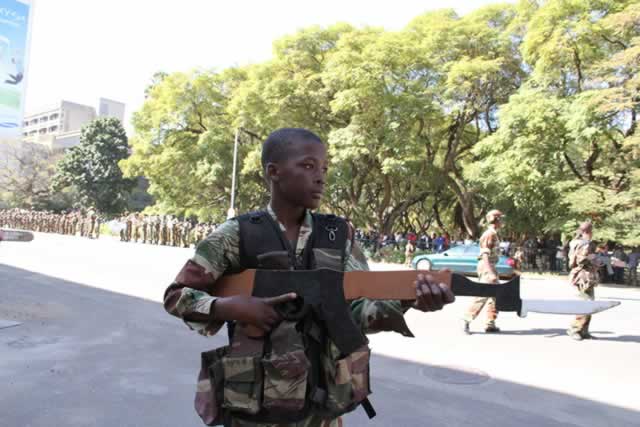
 Swag Mama
Swag Mama
Many teens have been in touch with Cool Lifestyle to say that they are surprised each time to just hear of the inauguration of the junior president and cabinet yet they do not know how this come to pass.
“I turned 18 early last year and got to vote for my councillor, MP and president in the June 2013 election. But as a child I have not had the chance to elect those who represent us. How is this whole process done and who gets to be a junior parliamentarian?” asked a bewildered Jowett Mhungu from Shurugwi.
Former child parliamentarians interviewed said that the opportunity is open to children whose schools have vibrant public speaking, debate and interact clubs.
“Everyone should be given a chance, but the current system is that education is not for the poor, so junior parly is not for the poor,” said Anesu Masamvu, a former junior parliamentarian.
“It is not every student that is eligible for the selection process”, said Philemon Mutukwa, another former junior parliamentarian.
Other teens said that since they do not know much about their representatives, the impact of the cabinet is negligible.
Marylyn Gunda from Greendale said she is not sure what it is all about.
“Right now I just read in the paper that there is a junior cabinet that was inaugurated but I do not know who my MP or Governor is. And I do not know what they are supposed to be doing. So what use is it?”
It looks like many teens from urban and rural areas share the same views and we set about to demystify the process.
The junior parliament runs under the auspices of the Zimbabwe Youth Council, which falls under the Ministry of Youth, Indeginisation and Economic Empowerment.
It is currently supported by the United Nations Children’s Education Fund.
So we asked ZYC how they do it and here is the deal:
Every constituency in the country has a child parliamentarian.
Election of child MPs is on speech competency through public speaking competitions held at constituency level, focusing on a given theme. Apart from being able to articulate well on the theme, candidates are also expected to have an appreciation of child and youth development issues while also demonstrating leadership capacity.
Primary elections are conducted in secondary schools where students in Form three and five willing to be Junior MPs are invited to make presentations before their school.
Considerations are made to ensure a fair chance with regard to gender and participation of children with disabilities.
Elections are conducted at each school and three candidates are chosen to represent their school for the constituency election.
These candidates should be voted for by their schoolmates. Each school should bring 20 kids representing all levels from Form one to the last form in that school.
Two teachers act as observers to verify that voting and counting is transparent and fair.
Three rounds of elections are conducted after the candidates are afforded time to make presentations.
In the final round, the candidate with the highest votes becomes the Junior Governor and the second highest is the Junior MP for the constituency.
Different paper colours are used at each stage of the secret ballot process whereby each person writes the number of their candidate on their paper.
So next time you know exactly how to get involved.
We hope the girls will really step out to give us a president.
Do not be left out. But meanwhile make an effort to get to know your representatives and work with them to make life better for all children of the country.
We will endeavour to give prominence to our junior cabinet and this week we start with the Junior Member of Parliament for Marondera East.

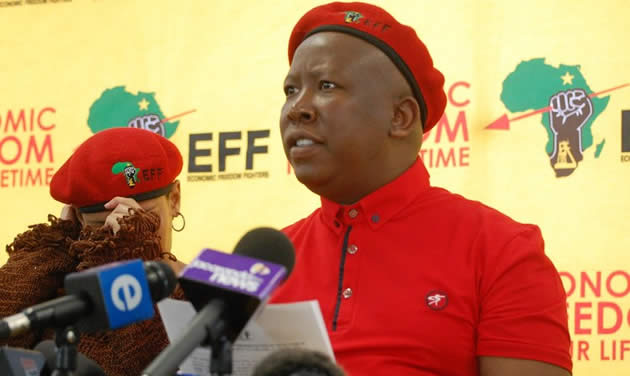

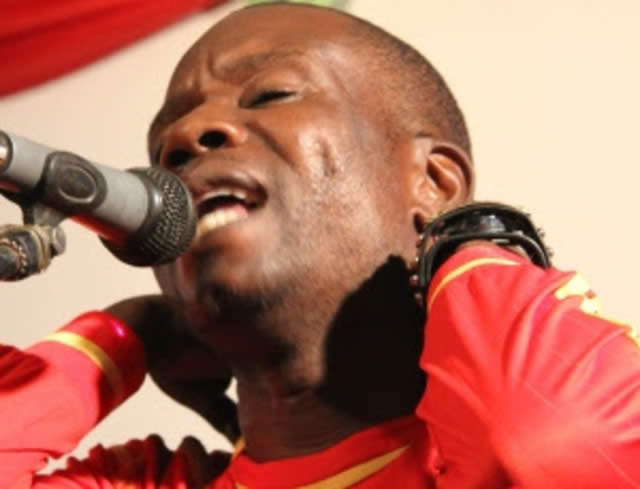
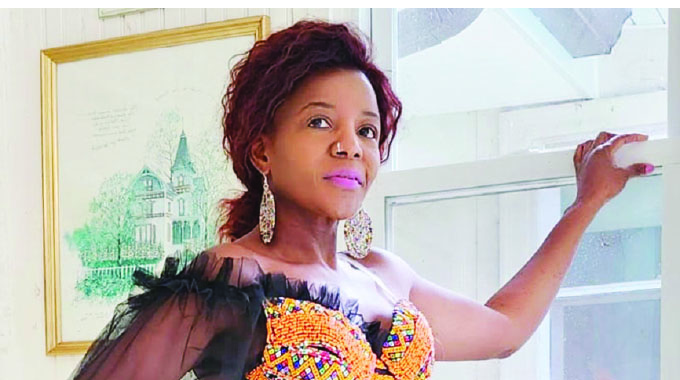
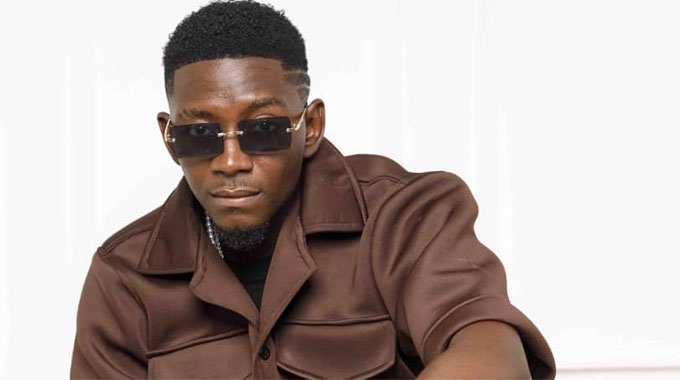

Comments